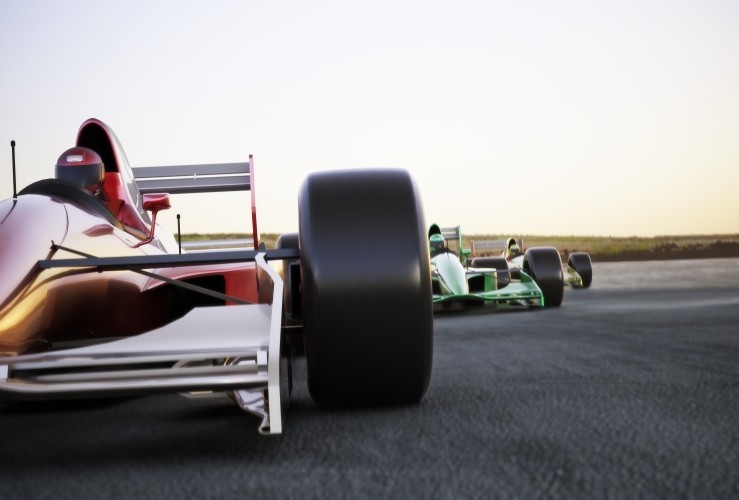
As the first Grand Prix of the F1 season approaches, racing fans everywhere are quietly contemplating the 21-race calendar. 3am wake-ups and late, late nights will be necessary to catch some of the action, which begins in Australia on March 21 (1am UK time) and concludes in Abu Dhabi on November 27 (8am).
F1 is the stuff of dreams for many of our breakdown cover customers. The notion of ever getting behind the wheel of an F1 car is considered all but impossible for the majority. And yet Formula One has influenced normal road cars – directly or indirectly – in a vast number of ways.
But eyeing your trusty family runabout outside, you'd be forgiven for wondering precisely how.
When was the last time you saw Lewis Hamilton benefit from electric windows, heated seats – or airbags? Not too useful in the realm of motorsport. But a more in-depth look reveals how the racing industry has pushed advanced technologies into the mainstream road car.
Steel disc brakes, once a magical invention used by the likes of Ayrton Senna or Nigel Mansell, are now 'de rigour' on many production cars.
Although long-since vanished from F1, active suspension was perfected in the sport. And while it actually first appeared on road cars, the technology's development and publicity in the world of F1 advanced the system hugely.
Production cars are also a great deal safer now thanks to F1. The development of separate, crushable zones in cars came from top-flight motorsport, substantially reducing the amount of force hitting the driver – thereby minimising injuries.
In the realm of aerodynamics, production cars and race cars are very different beasts. The former is concerned with reducing drag, while the latter needs as much downforce as possible. However, the immense sums of money invested into racing wind tunnels has benefitted the road car greatly – and the average motorist by helping to minimise fuel consumption.
F1 engines must withstand a lot of punishment and therefore present a great arena in which to test new ideas to the extreme. Some of these have been a great success – and include variable-valve timing, ceramics, engine management diagnostics and turbocharging. The frequency of breakdown recovery call-outs is likely to be far less thanks to these developments.
A variety of electronic systems were developed for F1 before migrating across to road cars. Many of these ‘fly-by-wire’ electronic devices have their roots in the space industry - and while many use materials too costly for road cars, this may change in the future.
Formula One tests technologies to their upper limits – and is therefore a great proving ground for new automotive systems. In addition, the vast sums of money pumped into F1 by sponsors means the sport is a pot of gold for automotive development – both for the race track and the road.




